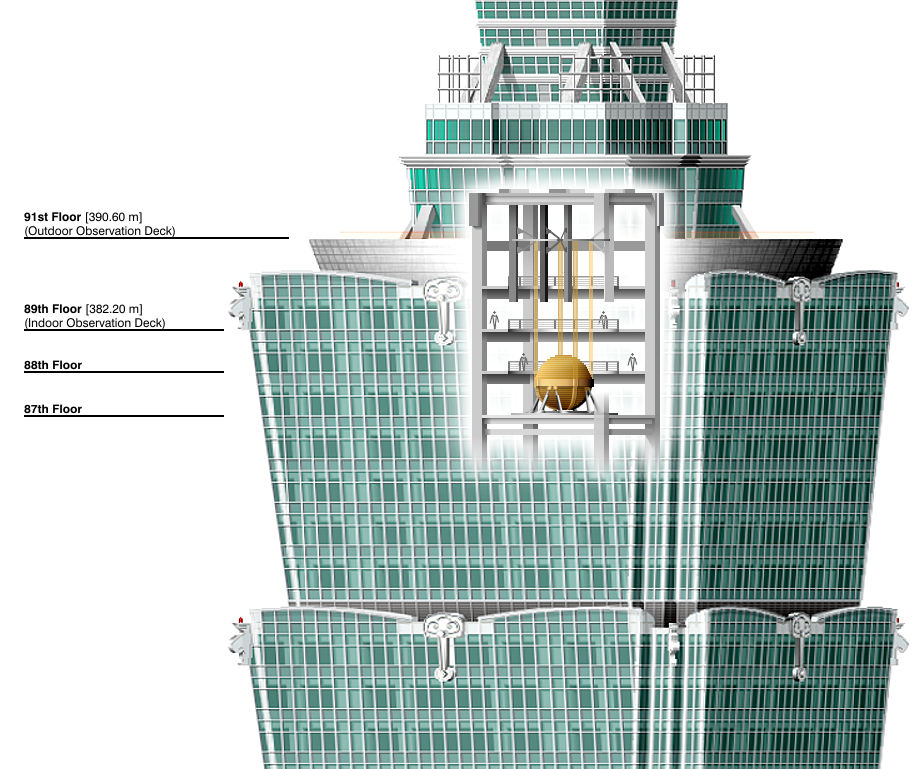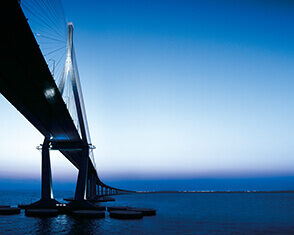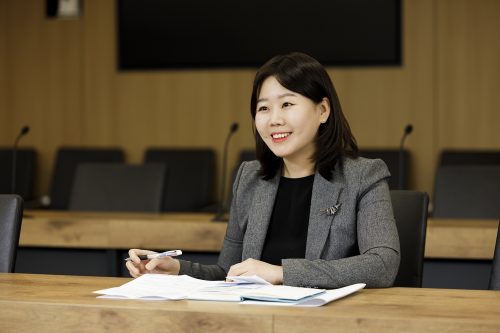Climate change is causing more frequent extreme weather events like typhoons, cyclones, and hurricanes. These strong winds buffet buildings large and small. In fact, for high-rise structures that tower 250 meters or taller, or have 50 stories or more, winds can have a stronger effect than earthquakes. How can skyscrapers withstand gale-force winds? This article looks at some techniques used, and shows some examples of tall windproof built by Samsung C&T.
Different ways to stand tall in the wind
There are a number of methods to make a building windproof. One of them is to leave a hole or aperture in the structure that the wind can blow through unobstructed. Wind vents can be found in a number of modern edifices. For example, the NEC Supertower in Tokyo has a large vent about a third of the way up, while the Shanghai World Financial Center has one that is the size of half a soccer field almost at the top.

Another way to help make a skyscraper withstand strong winds is to alter the shape of the building. Conical high-rise buildings are less likely to sway in the wind. This is an application of the Tapering Effect, which reduces the surface of the building most affected by the wind, the top. This type of design is widely used for skyscrapers because they best withstand wind resistance. For instance Lotte World Tower, Korea’s tallest building, is reminiscent of a cone with its gently curving sides that taper towards the top. This not only gives it a unique shape, but reduces vibrations caused by wind.
Setbacks, meaning that the building frontage is recessed like a step, is another technique to withstand the wind. New York City was one of the first cities to mandate tall buildings be built with setbacks. The Burj Khalifa in Dubai is built with 26 setbacks arranged in a spiral, giving it an almost cone-shaped appearance, too.
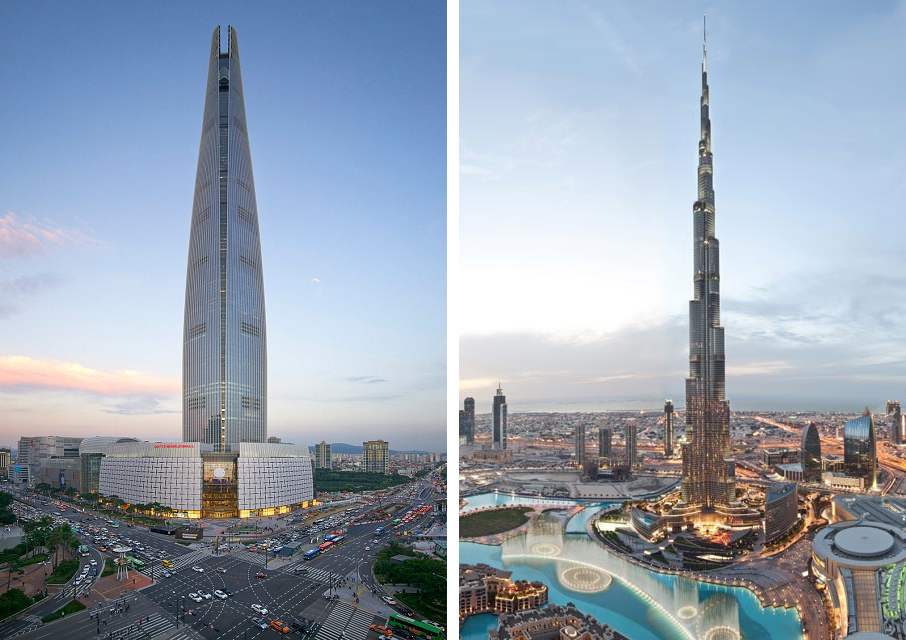
When a building sways back and forth it can not only harm the structural integrity, it can also make people inside the higher floors feel uncomfortable. One way to reduce this back-and-forth movement caused by strong winds is to use a damper or harmonic absorber inside the upper floors. When a building is pushed by the wind in one direction, the mass of the damper moves in the opposite direction, stabilizing it. In early high-rise architecture, this was achieved using a large vat of water in the top floors. Now they are much more intricately designed. The Taipei 101 skyscraper has a massive ball-shaped damper that weights 660 metric tons. It sits near the top and keeps the building stable even in the highest winds.
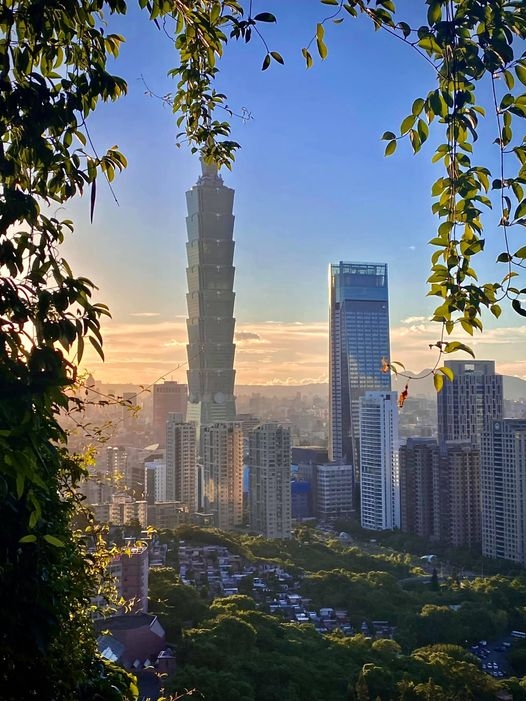
Reaching high with Samsung C&T
Samsung C&T’s Engineering & Construction Group has built a solid reputation for itself as a key player in creating structures that remain strong and tall no matter the weather. In fact, the Samsung C&T Construction Division has been involved in the construction of several impressively tall feats of architecture.
In the 1990s, Samsung C&T E&C Group’s dreams of touching the sky began with the impressive Petronas Towers in Malaysia. With 88 stories above the ground and six below it, it stands 452 meters and was for a time the world’s tallest building, surpassing the Chicago Willis Tower, which at 443 meters had been the tallest.
Then there was Taipei 101, which completed in 2004, currently ranked 10th tallest in the world, but between 2004 and 2010 it was No. 1. And it was selected as one of the Seven Wonders of the World. In 2010, the Burj Khalifa was completed in Dubai, and at 828 meters and 163 stories it is still the tallest building in the world.
Samsung C&T E&C Group is now putting the finishing touches on Merdeka 118, which is scheduled for opening in 2023. It has two stories below the ground and stretches 118 floors above into the sky, giving it a total height of 679 meters, including a 190 meter antenna spire on its roof. This makes it the tallest skyscraper in Southeast Asia and the second-tallest building in the world.
Currently the tallest building in all of Europe at 462 meters is the Lakhta Center in Saint Petersburg. Samsung C&T E&C Group participated in construction management and design management, working with partner firms.
Samsung C&T E&C Group will continue to strive to build high and stand tall in even the wildest of winds.


